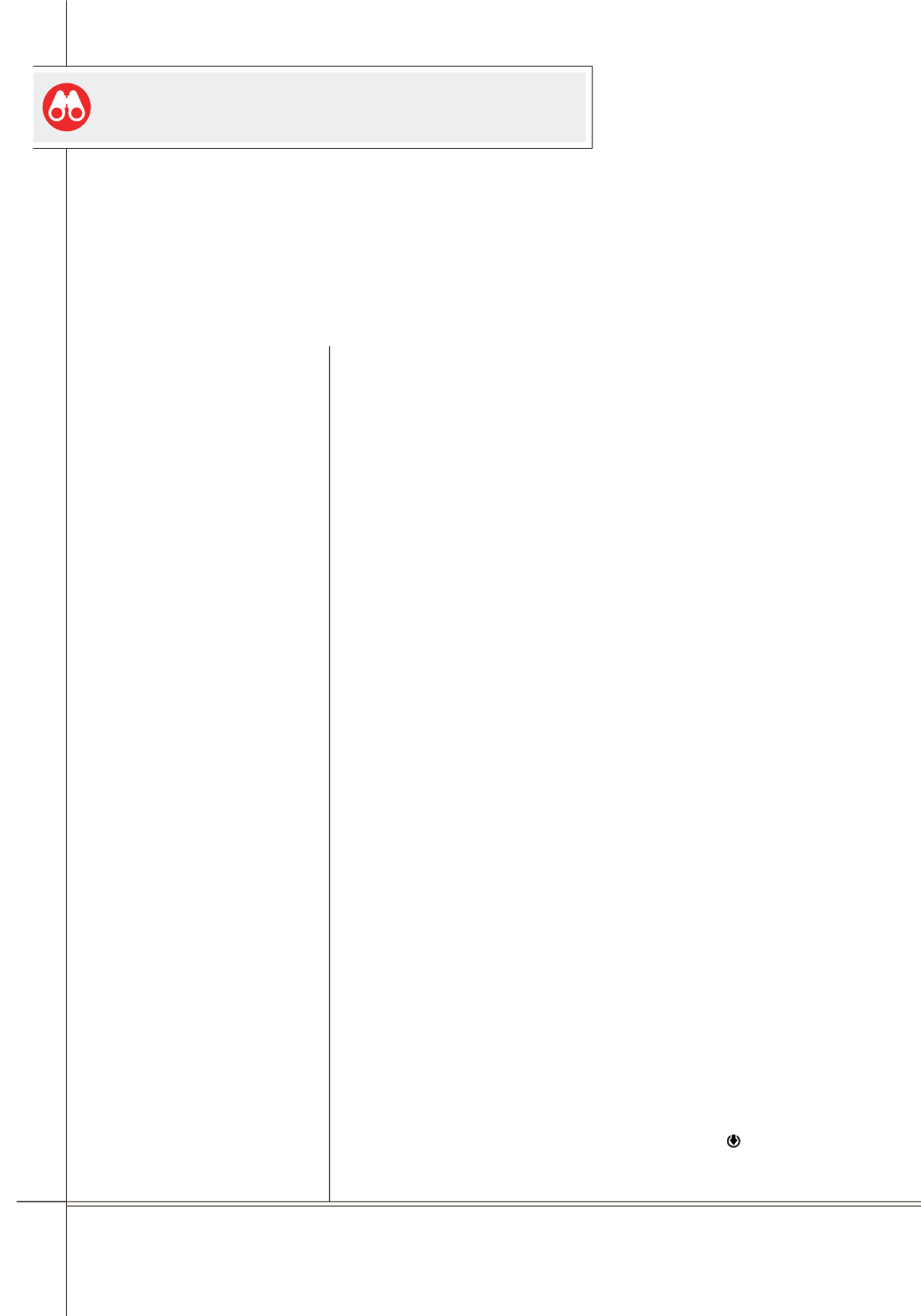

2
I N N O V AT I O N S • V O L . V I I , N O. 1 • 2 0 1 5
It used to be that an employee stayed with a company 30 or 40
years, receiving a gold watch at the end of their decades-long career.
But now? Times, if you’ll pardon the expression, have changed. Average
job tenure is less than five years, government reports say. Where Baby
Boomers valued longevity and stability, job-hopping is a way of life for
younger workers. And with online resources like LinkedIn making it easier
than ever for recruiters to mine companies for talent, holes can appear in
your organization overnight.
Admittedly, this trend alone isn’t enough to put gold watchmakers out
of business. But couple it with what’s being called the oil and gas industry’s
“Great Crew Change” – when an aging workforce retires without enough
young replacements in the pipeline – and the threat of a significant talent
gap is suddenly very real.
All is not lost, however. It is possible to prepare for and guard against
a growing shortfall in human capital. I firmly believe that a robust, well-
defined process of talent development is the answer.
At T.D. Williamson, we support talent development initiatives that
engender employee loyalty, create growth opportunities, and identify and
help prepare the next generation of leaders. This includes:
»
»
Hiring not just for today’s openings, but for future needs. Creating
bench strength means there are multiple people who can move up to
fill spots on the team.
»
»
Onboarding that engages employees and affirms their decision to join
your company. This effort involves all management and senior leadership.
»
»
Development initiatives that show employees of all generations a clear
path to future possibilities. Such training can provide new skills that
improve job satisfaction.
»
»
Teaming new employees with mentors and experienced subject
matter experts, including people from different departments and
functional areas. This approach enables the transfer of knowledge, can
build personal relationships, and allow more senior staff to spot new
leadership potential.
T
here’s no denying that times have changed – and if we want to close
the talent gap, we need to change, too. It’s essential for us to listen to
and understand our employees, then create the kinds of programs and
workplaces that appeal to them.
Because in this new age, it’s going to take more than the distant promise
of a gold watch to attract – and retain – valuable talent.
BY ERIC ROGERS
VICE PRESIDENT, GLOBAL
PIPELINE INTEGRITY,
T.D. WILLIAMSON
E X E C U T I V E O U T L O O K
Whither the
Gold Watch?



















